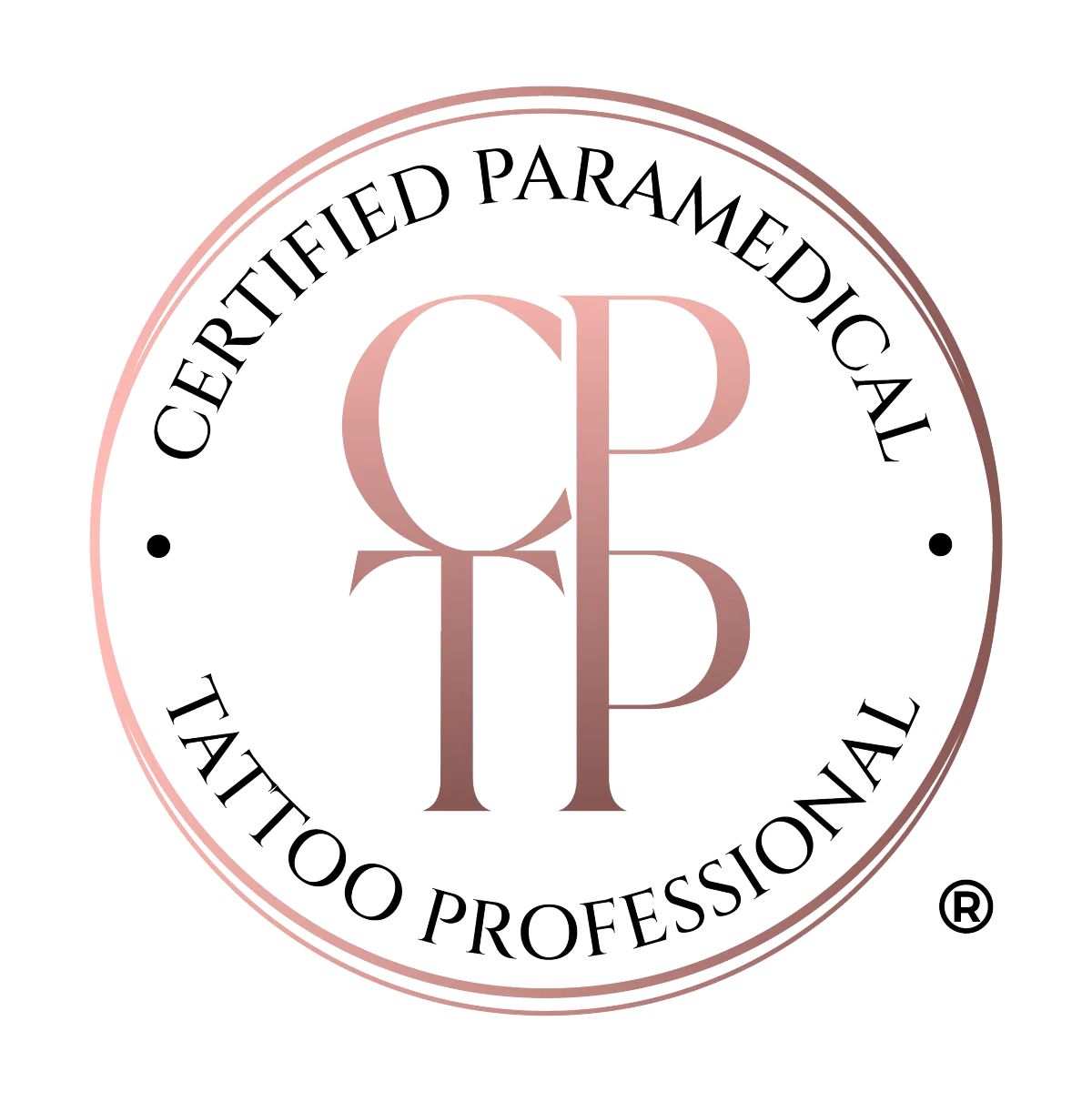WELCOME REGULATORS
Regulatory Plan for
Permanent Cosmetics & Body Art Tattooing
Information for regulators, including NEHA
Updated on 23/JUL/2025
Introduction
The field of permanent cosmetics requires regulatory oversight to ensure consumer safety, quality education, and adherence to professional standards. This plan outlines key steps that regulators can take to enhance the regulation of the permanent cosmetics industry.
Regulatory Objectives
1. Consumer Safety: Prioritize cleanliness and cross-contamination prevention in all procedures.
2. Education Standards: Implement minimum education requirements for practitioners, including a 100-hour curriculum and renewable Bloodborne Pathogen (BBP) Certification.
3. Inspection and Oversight: Establish regular inspection protocols focusing on cross-contamination prevention, proper use of Personal Protective Equipment (PPE), and adherence to OSHA standards.
Key Actions for Regulators
1. Establish Minimum Standards for Education
Adopt the SPCP's 100-hour education guideline for practitioners.
Require renewable industry-specific BBP Certification.
Set minimum required hours and procedures for practitioner training.
2. Strengthen Inspection Protocols
Conduct annual inspections focusing on cross-contamination prevention and disinfection practices.
Check expiration dates on consumables such as pigments (inks), needles, anesthetics and chemicals.
Evaluate the Sharps disposal protocols.
Ensure compliance with OSHA's Bloodborne Pathogens Standard, including exposure control plans and PPE protocols.
Review Exposure Control Plan
Check for up to date Safety Data Sheets on all chemicals, pigments, anesthetics.
3. Enhance Consumer Protection
Ensure practitioners are well-educated and aware of potential risks to protect consumers and themselves.
Encourage continuing education for practitioners to keep updated with the latest safety practices and techniques.
4. Facilitate Industry Collaboration
Work with local officials and the SPCP to promote quality education and mentorship opportunities.
Direct applicants to SPCP standards and experienced mentors within the industry.
Implementation and Enforcement
Collaborate with the Department of Education and other relevant bodies to enforce educational standards.
Utilize SPCP resources, such as their website and communication channels, to disseminate information and connect practitioners with trainers and mentors.
Monitor compliance through regular inspections and ensure corrective actions are taken when necessary.
Conclusion
By implementing these regulatory measures, regulators can enhance the safety and professionalism of the permanent cosmetics industry, ensuring high standards and protecting consumer interests.
Occupational Safety and Health Administration (OSHA)
Requirements for Cosmetic Tattoo and Body Art Facilities with Employees
Bloodborne Pathogens Standard (29 CFR 1910.1030)
OSHA establishes comprehensive requirements to ensure the safety and health of employees in various industries, including tattoo studios and body art facilities. These regulations are crucial as they address the high risk of exposure to bloodborne pathogens inherent in these settings. Compliance is a critical component of workplace safety.
Key Elements of the OSHA Standard actions include:
1. Exposure Control Plan (ECP)
Employers in tattoo and body art facilities must develop a written ECP detailing protective measures to minimize exposure to bloodborne pathogens. This plan should be reviewed and updated annually or when new tasks or procedures are introduced.
2. Universal Precautions
All human blood and other potentially infectious materials (OPIM) must be handled as if they are infectious for HIV, HBV, HCV, and other pathogens, ensuring a consistent approach to safety.
3. Engineering and Work Practice Controls
Implementing controls such as sharps disposal containers, self-sheathing needles, and safer medical devices is mandatory. Additionally, procedures like hand washing and prohibiting the recapping of needles are crucial to prevent exposure.
4. Personal Protective Equipment (PPE)
Employers must provide appropriate PPE, including gloves, gowns, face shields, and eye protection, at no cost to employees. This equipment is essential for protecting workers from exposure during procedures.
5. Hepatitis B Vaccination
Employers must provide appropriate PPE, including gloves, gowns, face shields, and eye protection, at no cost to employees. This equipment is essential for protecting workers from exposure during procedures.
6. Post-Exposure Evaluation and Follow-Up
In the event of an exposure incident, employers must provide a confidential medical evaluation and follow-up to affected employees. This ensures that employees receive timely care and support.
7. Training and Education
Annual training is required for all employees at risk of exposure. This training covers the hazards of bloodborne pathogens and methods to protect themselves, keeping safety practices current and effective.
8. Recordkeeping
Employers must maintain detailed medical records for each employee with occupational exposure, as well as training records and a sharps injury log. Hep B vaccine or declination are recorded here. This documentation is essential for compliance and for monitoring safety practices.
Failure to comply with these standards can result in significant penalties and increased health risks, making adherence vital for the safety and well-being of both employees and clients in the tattoo and body art industry. By following these OSHA requirements, facilities can maintain a safe environment for all parties involved.
While independent contractors or self-employed individuals are not legally required to follow compliance standards, it is strongly encouraged that they do so.
The SPCP offers
2 Industry certifications

Certified Permanent Cosmetic Professional

Certified Paramedical Tattoo Professional
THE MODERNIZATION OF COSMETICS REGULATION ACT OF 2022 (MOCRA)
On December 29, 2022, President Biden signed MOCRA into law, setting important requirements for cosmetic manufacturers and brand owners, which include tattoo inks/pigments. Regulatory requirements in whole or in part can be enforceable as early as toward the end of 2023.
The SPCP will post information as we receive it and urges the industry, particularly ink/pigment manufacturers and brand owners, to stay on top of what is happening.
Executive Director Shanan Zickefoose represents the SPCP as part of the Alliance of Food and Drug Officials (AFDO) Body Arts Committee (BAC). The BAC meets monthly and encourages manufacturers and brand owners to join AFDO and participate in BAC meetings.
Industry Studies
The SPCP is pleased to provide the results of these previous Industry Profile Studies.
With nearly a thousand technicians reporting worldwide, these are the largest and most complete studies for the permanent cosmetic industry. This information is invaluable to the permanent cosmetic technician, trainer, and supplier.
The SPCP Vision studies are now considered the gold standard for tracking trends in our industry. A few of the questions have changed, but overall we are comparing the same data from study to study.

